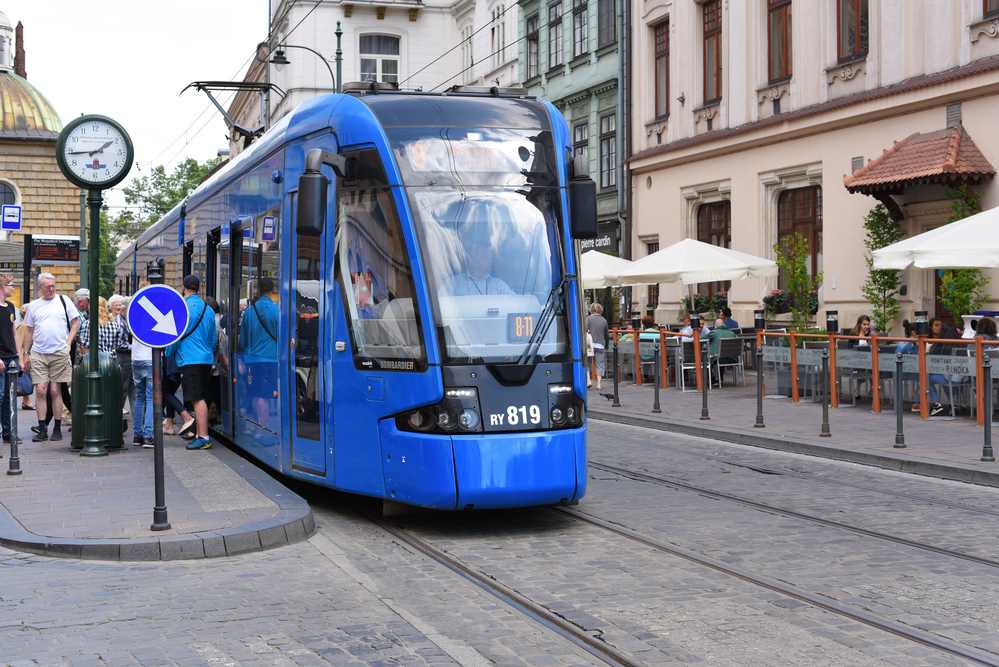Driving, EVs, Transportation and Community Design
I love to drive.
Plain and simple – I love to drive. I like seeing the scenery. I like seeing the life of the community – the farms, the wild areas, the bird life, people walking and being outdoors. I like experiencing the weather and the seasons. I do have limits. Travel: yes. Traffic: no. Rain and snow: yes. Floods and blizzards: no. Driving and long hot showers are my two most common environmental sins. But I also work on habitat restoration and regeneration projects to offset my bad habits.
And I keep the vehicles in good shape and properly maintained to reduce the extent of harm I cause. That allows me keep the vehicles for many years (some for over 230,000 miles). I hope that the good at least balances out the bad… and hopefully exceeds it.
I have not yet transitioned to EVs (electric vehicles). I have a lot of questions about the impact of the resources needed to make EVs, their weight, their cost, their financing, their lifespan, and their pre- and post- life impact on the environment.
I have friends and colleagues who own EVs… and they love them. I am impressed with how the cars drive and how quiet they are. I did shop for an EV and a hybrid car during the Covid pandemic. That was a disappointing experience. The one EV that I could find in our county had a very high price due to low competition and significant interest from other potential buyers. And the two hybrids available at that time could only go 25 miles in all electric mode – which was too few miles to get me from home to work and back without recharging the vehicle. So that was a non-starter. But those were rare and atypical experiences.
I am frequently reminded by people that EVs are environmentally friendly and non-polluting.(1) Some even go so far as to say they need no fuel, so you save money on gas.(1) This is where my concerns begin, and my curiosity is piqued. It is a verify-then-trust investigation.
As to ‘no pollution’ – all transportation ‘pollutes’. That’s just the reality of physics, thermodynamics, the conservation of energy and the basic operation of the known universe.(2) Just because we don’t see something, doesn’t mean it is not there. The upside of EVs is that they have no tail pipe emissions. Whether or not emissions are pollution is a function of scale. Emissions become pollution when they are released at a rate or volume that causes harm to the environment and/or its occupants.
There is active research regarding particulate generation by EVs. The heavier weight of EVs can cause faster tire degradation which increases the volume of microscopic particles shed as the car is driven. These particulates are a serious risk to fauna (including human) health.(3)
The larger issue is the manufacture of Lithium-ion Batteries. Currently all Lithium-ion Batteries are 11% Lithium combined with Cobalt and/or Nickel and/or Manganese.(4) According to the U. S. Department of the Interior, mining of Cobalt often involves child labor(5) – something that we should be against. (Note: since all Lithium-ion batteries contain Cobalt, this concern may extend to your smart phone, tablet, computer, or any other device using this type of battery).
As to the Lithium itself, the two basic extraction methods are salt-brine and hard rock mining. Brine mining can cause both the depletion, and the pollution of, local water supplies.(4) Currently it takes approximately 1.9 million liters (500,000 gallons) of water to mine 1 metric tonne (1.1 US tons) of Lithium.(6)
As to Carbon Dioxide, hard rock mining of Lithium releases 15 metric tons of CO2 per metric tonne mined.(4)
At the end-of-life, Lithium-ion batteries are not biodegradable. It is estimated that there will be 15 metric tonnes (16.5 US tons) of discarded batteries by 2030 which can leach a variety of toxic chemicals.(4)
One might also want to consider the environmental damage of the mining:
- loss of habitat,
- damage to cropland,
- and the resulting displacement of communities and indigenous cultures.(4,7)
These are questions we should all be asking about the products we buy and use. Are they truly as reflective of our personal values as we think they are? Are the questions we do ask big enough to provide the quality of life we want in our future? Swapping all cars from fossil fuels to electrical energy is not going to end traffic jams. Especially if we want, or expect, our communities to grow. The county I live in has a current population of over 450,000 people and forecasts an additional 126,000 in the next 26 years.(8)
If we stay focused on how to fuel individual vehicles and keep assuming that personal vehicles are the answer to the question of how people will ‘get around’, we will have “hit the bullseye on the wrong target” as Joel Salatin has said.
The future-focused and enduring solutions are in the larger picture of transportation and community design.
I used to teach taught part-time at another University about 50 miles away. Nearly half of my commuting time was the 12 miles between my office and the expressway. I do not want to imagine what it would take to do that drive after we add another 126,000 people and their cars to the already overburdened road system we currently have.
Albert Einstein said, “You cannot solve a problem using the same level of intelligence that created it.” Dwight Eisenhower said, “If you cannot solve a problem as it is, enlarge it.” This is where we are – it is time to enlarge our questions, advance our thinking and expand our consciousness.
Stop designing isolated pockets of housing hoping that somebody else will eventually build a grocery store, a school, a church, and an emergency medical service facility because we cannot live by golf alone.
Why not design for multimodal transportation – walk, bike, low-speed vehicles, public transportation, and private transportation? So we can better match mobility with age, capability, need and health.
Why not resolve multiple issues simultaneously? One-at-a-time thinking has set us up for traffic, pollution and stress. Do we really want or need more of those three?
Our focus needs to switch from which fuel is less bad, less toxic, less harmful in the near and the long term… to what is the real issue we are confronting – and what are the variety of options that provide viable solutions at various scales of community? We are not trying to make the car happy; we are supposed to make communities ‘vibrant’. We need to get out of the ‘one-size-fits-all’ mind set. There is no single and universal solution – there are thousands of them.
It is insufficient to focus on simple, narrow and disassociated answers. It is not even enough to know what can and should be done. We must see ourselves as crew members, and our actively engage in restoring and regenerating the diverse, unique and integrated life support systems upon which we depend.
References
1 https://www.moval.org/mvu/ev-advantages.html
2 https://www.sciencedirect.com/topics/chemistry/first-law-of-thermodynamics
3 https://www.theguardian.com/business/2024/feb/26/electric-cars-air-pollution-problem-brakes-tyres
4 https://www.greenmatch.co.uk/blog/is-lithium-mining-bad-for-the-environment
6 https://247storage.energy/1-metric-ton-lithium-requires-19-million-liter-of-water/
8 http://edr.state.fl.us/content/population-demographics/data/MediumProjections_2021.pdf


